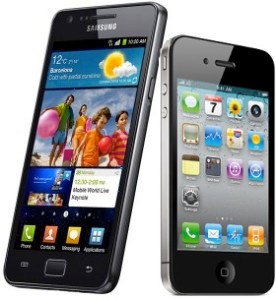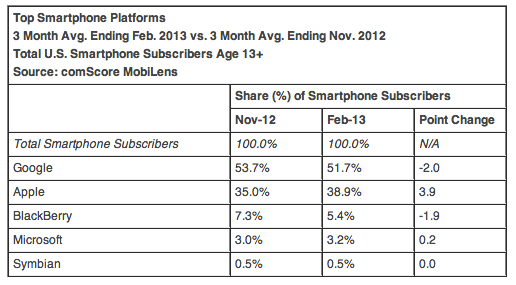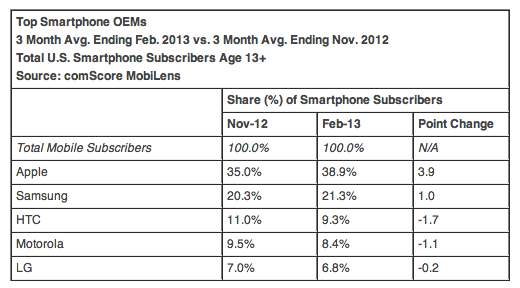(Reuters) - American employers hired at the slowest pace in nine months in March, a sign that Washington's austerity drive could be stealing momentum from the economy.
The economy added just 88,000 nonfarm jobs last month, the Labor Department said on Friday, well below market expectations for a 200,000 increase. The jobless rate ticked a tenth of a point lower to 7.6 percent largely due to people dropping out of the work force.
Analysts suspected some of the weakness was due to tax hikes enacted in January. While retail sales data had not shown a big impact earlier in the year, retailers cut staff in March by 24,100.
"The U.S. economy just hit a major speed bump," said Marcus Bullus, trading director at MB Capital in London.
It was unclear whether across-the-board federal budget cuts that began in March played a significant role in the weak pace of hiring, although nervousness over the cuts might have made businesses shy about taking on more staff.
Some economists cautioned against reading too much into the report.
"We don't think there is enough signal here to conclude the U.S. economy is wobbling. Rather, it appears that the underlying trend has not improved as much as the January-February data suggested," said Julia Coronado, chief North America economist at BNP Paribas in New York.
U.S. stocks fell more than 1 percent at open on the data, while prices for Treasury debt rallied. The dollar fell against a basket of
currencies.
AMMUNITION FOR THE FED
The slowdown in job growth could make policymakers at the Federal Reserve more confident about continuing a bond-buying stimulus program. Prior advances in the labor market recovery had fueled discussion at the central bank over whether to dial back the purchases, perhaps as soon as this summer.
"The recent discussions about the Fed backing off from its quantitative easing has been premature," said Russell Price, senior economist at Ameriprise Financial Services in Troy, Michigan.
The report did have some positive news for the economy. The Labor Department revised readings for January and February to show 61,000 more jobs added than previously estimated. The average workweek rose to its highest level in a year.
"Companies ramped up working hours instead of hiring additional people. The fact that labor demand kept rising should bode well for future job gains," said Harm Bandholz, chief U.S. economist at UniCredit Research in New York.
The construction sector added 18,000 jobs despite cold weather in parts of the country, reinforcing the view that a recovery in the housing sector has become entrenched.
But analysts have noted that the federal spending cuts have only just begun and will be a more substantial drag on the economy between April and June, when many government workers begin taking days off work without pay.
Government payrolls fell only 7,000 in March, partly reversing the 14,000-job gain from February.
Fed Chairman Ben Bernanke, who has said the labor market must show sustained improvement before monetary stimulus is eased, has voiced concern about the spending cuts.
The jobless rate fell to its lowest since December 2008, but the report showed that much of the drop was due to the labor force shrinking by 496,000 people.
That pushed the labor force participation rate -- the percentage of working-age Americans either with a job or looking for one -- to 63.3 percent, its lowest since 1979.
The unemployment rate is derived from a survey of households which is separate from the survey of employer payrolls. That survey actually showed employment fell by 206,000 in March.
Some of the people dropping out of the labor force are retiring or going back to school, but others have given up the job hunt out of discouragement.
Separately, Commerce Department data showed the U.S. trade gap narrowed unexpectedly in February as crude oil imports fell to their lowest level since March 1996 and overall exports increased slightly.
The deficit narrowed to $43.0 billion. The consensus estimate of analysts surveyed before the report was for the trade gap to widen slightly to $44.6 billion.
(Additional reporting by Doug Palmer and Lucia Mutikani in Washington and Herb Lash in New York; Editing by Andrea Ricci)









